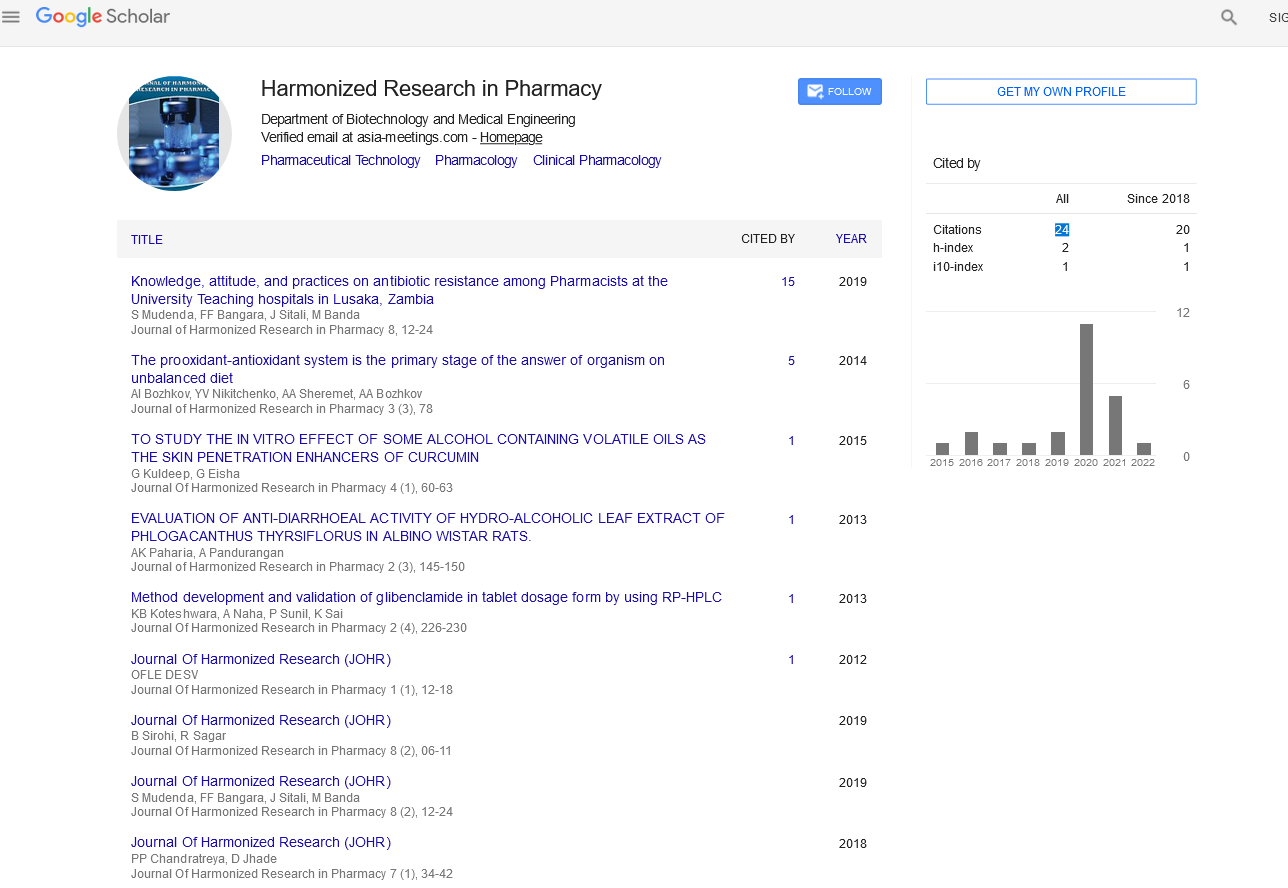ANTIMICROBIAL POTENTIAL OF CREAM FORMULATION CONTAINING ESSENTIAL OIL (CITRONELLA OIL) OF CYMBOPOGON NARDUS LINN.
Abstract
Author(s): Bhushan Hatwar*, D. C. Goupale & Aparna Rokde
The main objective is to prepare an efficacious, stable and economic cream containing the essential oil (citronella oil) of Cymbopogon nardus for its antimicrobial activity. Methods- Topic al formulations containing essential oil of Cymbopogon nardus were developed for their promising antimicrobial activity against selected microbes. The formulations (cream-w/o type) were prepared using standard methods and assessed for different pharmaceutical parameters. An in vitro antimicrobial study of the formulation was performed by using Agar-cup plate method. The cream formulations evaluated for pH, Viscosity and Spreadibility. Result- Among the four formulations (F1-F4), F4 showed good spreadability, viscosity & pH. The pH result shows that the formulations are considered acceptable without the risk of any irritation on application to the skin. As the formulation F4 was found to be the most suitable preparation and hence subjected for the antimicrobial activity. Cream formulation shown range for zone of growth inhibition (ZGI) 22.6 ± 0.58 for Staphylococcus aureus& 23.8 ± 1.15 mm for Escherichia coli. The BOROLINE and BOROPLUS cream are used for the comparative study. The Data obtained in the form of zone of growth inhibition (mm in diameter) indicate that the activity of cream formulation was more pronounced against Staphylococcus aureus & Escherichia coli. Conclusion- From the present work it was concluded that the formulated antimicrobial cream using essential oil is natural, safe, effective, usable for the skin and stable too.

Google Scholar citation report
Citations : 147
Journal of Harmonized Research in Pharmacy received 147 citations as per google scholar report









